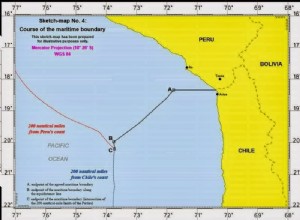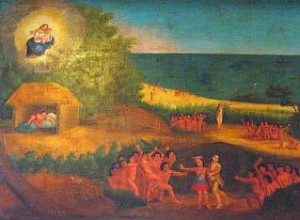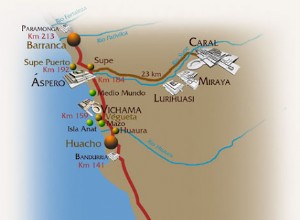The dispute between Chile and Peru over a maritime zone of 38,000 km2 in the Pacific Ocean, rich in fishing resources, derived from different interpretations of signed treaties. Chile has maintained the argument that the maritime boundary is a continuation of the parallel that sets the land border.




